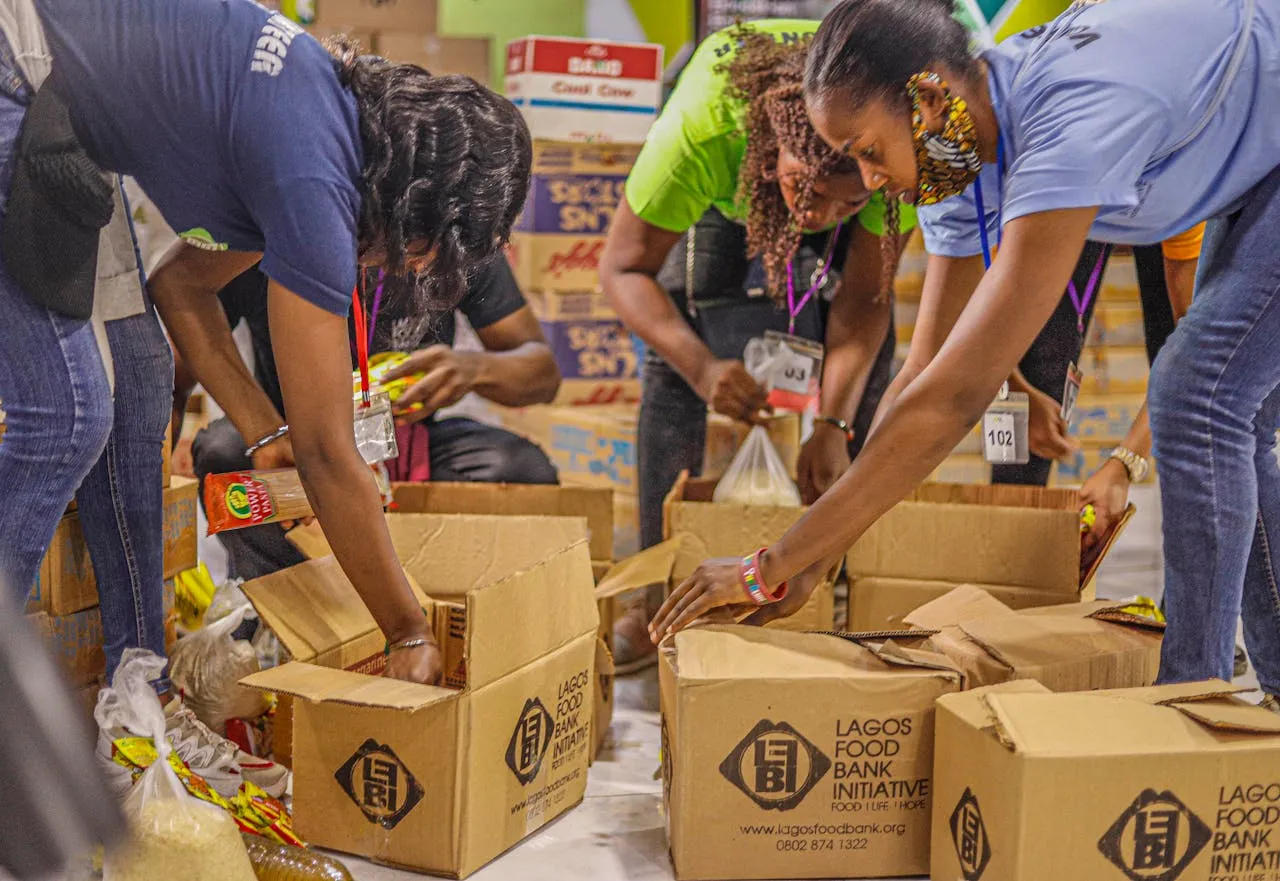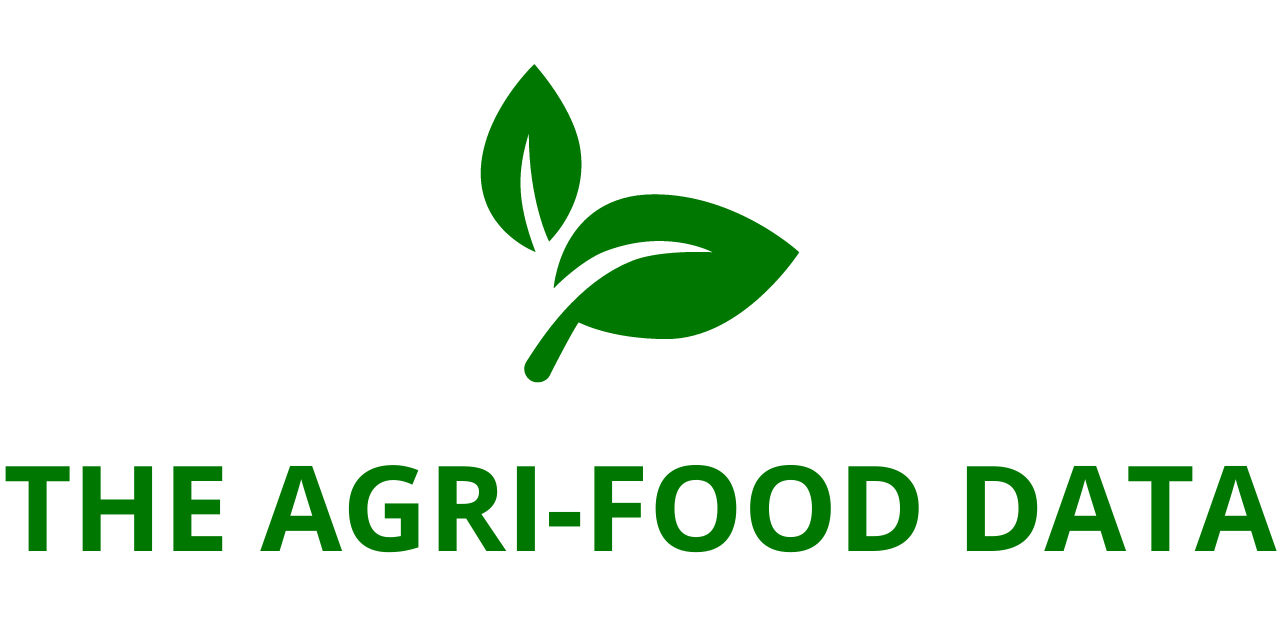
As the world looks ahead to COP30 in Belém, Brazil, in November 2025, agriculture has become a defining frontier in the global response to climate change. Long viewed primarily as a source of food and livelihoods, the agricultural sector is now increasingly recognized for its dual role—as both a contributor to greenhouse gas emissions and a potential solution to the climate crisis. According to the Intergovernmental Panel on Climate Change (IPCC), agriculture, forestry, and other land uses account for approximately 22% of global greenhouse gas emissions, highlighting the sector’s immense impact on the planet.
“We are at a pivotal moment, where agriculture not only feeds the world but also must unleash its potential to become a solution to climate change,” says Petra Laux, Chief Sustainability Officer of Syngenta Group. “Producing more food and protecting the environment can be achieved together, but we must make every existing agricultural acre count. Expanding into more land would drive greenhouse gas emissions way beyond our global goals, as almost 40% of Earth’s landmass is already used for food production. Technology and innovation hold the key to closing the productivity gap.”
The Agricultural Imperative: Feeding 10 Billion Sustainably
With the global population projected to reach nearly 10 billion by 2050, the challenge is clear: how to produce more food with fewer resources while mitigating climate impacts. As one of the world’s leading AgTech companies, Syngenta is at the forefront of advancing this transformation. The company emphasizes that innovation, sustainability, and regenerative farming practices must converge to make agriculture part of the climate solution and not the problem.
Syngenta identifies five innovative pathways to achieve this transformation—each designed to enhance productivity, resilience, and ecological health simultaneously.
- Revitalizing Degraded Land
Large portions of the world’s farmland are losing fertility due to overuse, erosion, and nutrient depletion. Syngenta emphasizes the importance of soil restoration technologies, regenerative farming practices, and sustainable land management approaches. Reviving degraded soils not only restores productivity but also enhances carbon sequestration, biodiversity, and water retention—key components for long-term resilience. - Developing Climate-Resilient Crops
As temperature extremes, droughts, and pest pressures intensify, developing climate-resilient crop varieties becomes essential. Through advanced breeding methods, genetic insights, and modern biotechnology, crops can now withstand stressors such as water scarcity, pests, and diseases while maintaining yield stability. These innovations help farmers sustain production without relying on excessive chemical or water inputs. - Harnessing Nature-Based Innovation
The next agricultural revolution lies in combining technology with biology. Products derived from beneficial microorganisms, plant extracts, and other biological inputs are proving crucial in boosting plant health and reducing the need for synthetic chemicals. These biologicals help improve soil ecosystems and contribute to more sustainable nutrient cycles, enabling productivity increases with lower environmental footprints. - Scaling Precision Agriculture
Precision agriculture allows farmers to apply crop protection products and nutrients exactly where and when needed, reducing waste and environmental impact. Using tools such as drones, sensors, and AI-driven data platforms, farmers can make informed decisions that safeguard both yields and ecosystems. This targeted approach is one of the fastest ways to enhance productivity while conserving resources. - Promoting Regenerative Farming Practices
Regenerative agriculture—through methods like cover cropping, minimal tillage, crop rotation, and organic matter management—helps build soil fertility, increase carbon capture, and enhance biodiversity. By improving the natural functions of soil, these practices lay the foundation for resilient food systems that support farmers, consumers, and the planet.
Innovation: The Key to Feeding the Future
The Food and Agriculture Organization (FAO) will unveil a new roadmap for sustainable agriculture at COP30, with innovation playing a central role. A Deloitte study (November 2024) underscores this, estimating that 50% of the required improvements in global food supply—and 40% of the additional calories needed to feed the world—must come from innovation, technology, and productivity gains. Other essential contributors include emission reductions and protection of natural capital (21%), enhancement of ecosystem services (19%), circularity and consumer awareness (6%), and dietary shifts (4%).
Yet, progress remains uneven. A Virginia Tech report (September 2025) revealed that global agricultural productivity grew at only 0.76% in 2025, far below the required pace. To sustainably meet rising demand, productivity growth needs to accelerate to 2% annually between 2024 and 2050. Without innovation-driven acceleration, the world risks facing widening gaps in food availability and affordability—especially in developing nations.
Syngenta’s Regenerative Agriculture Commitment
Under its Sustainability Priorities, launched in 2024, Syngenta has committed to enabling regenerative agriculture across millions of hectares worldwide. In Brazil, this vision is being realized through REVERTE®, a flagship program that aims to restore 1 million hectares of degraded land. Much of this effort is centered in the Cerrado biome, one of the most biodiverse regions on Earth but also one of the most threatened by agricultural expansion.
Through a partnership with The Nature Conservancy (TNC), the initiative promotes soil restoration as a profitable and scalable alternative to deforestation, ensuring that farmers see economic incentives in sustainability. The goal is to make restoration—not land clearing—the preferred choice when expanding production.
Expanding on this success, Syngenta has recently launched a similar restoration initiative in Paraguay, focusing on supporting farmers in the Chaco and Eastern regions in adopting regenerative practices. These projects are early examples of how cross-sector collaboration can achieve measurable climate and food security outcomes.
COP30: A Global Dialogue on the Future of Farming
To further advance this agenda, Syngenta will partner with The Economist to host a high-level panel discussion titled “Farming for the Future: Boosting Agricultural Productivity While Protecting the Planet” during COP30 on 11 November 2025.
The event will bring together leading voices from the private sector, government, and civil society to explore solutions for land restoration, soil health, financing, and policy frameworks that make sustainable farming both economically viable and globally scalable.
Confirmed speakers include:
- André Savino, President of Syngenta Crop Protection, Brazil
- Marcio Sztutman, Executive Director of The Nature Conservancy (TNC) Brazil
- Dr. Izabella Teixeira, former Minister of the Environment of Brazil
- Teresa Cristina Vendramini, agricultural producer, agribusiness leader, and former President of the Brazilian Rural Society
- Pedro Barros Barreto Fernandes, Partner and Director of Agribusiness, Itaú Bank
This dialogue at COP30 is expected to shape how global stakeholders view agriculture not merely as a sector needing reform, but as a critical climate solution capable of driving economic, environmental, and food security gains simultaneously.
As the countdown to COP30 continues, the message is clear: the future of global food security depends on our ability to transform agriculture through innovation, regeneration, and collaboration. By revitalizing soils, developing resilient crops, and embracing data-driven precision, the world can move toward a food system that nourishes both people and the planet—proving that sustainable farming and climate action can, indeed, grow together.





